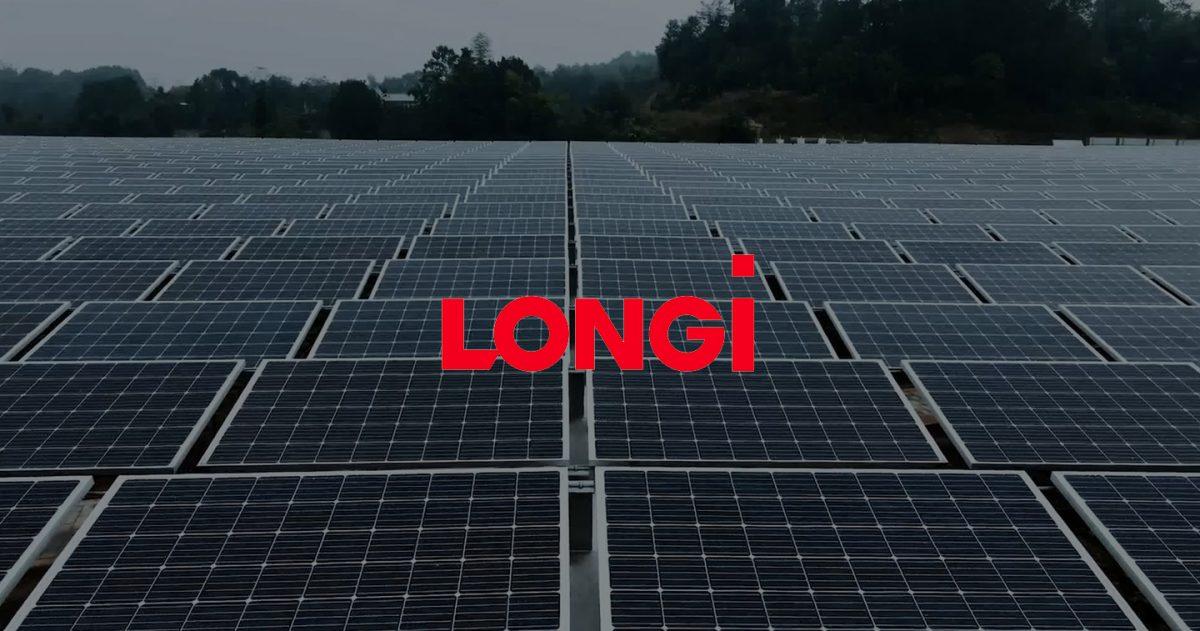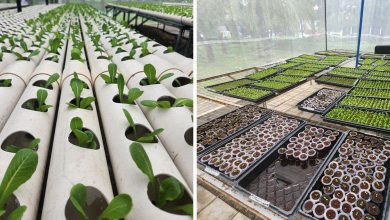MANILA, PHILIPPINES — More power outages are expected in Luzon in the years to come as the Philippines grapples with heavy reliance on renewable energy sources, leading to concurrent shutdowns of several baseload power plants. Amidst the oppressive summer heat, the Department of Energy (DOE) implemented rotational blackouts beginning in May to manage power demand and supply.
However, rotational blackouts are not a long-term solution; it’s a temporary, band-aid that will affect productivity as remote work becomes the norm in the COVID-19 pandemic. In this sense, the rotational blackouts can have negative economic repercussions. Moreover, these adverse power conditions have led to an increase in consumer electricity bills, mainly due to higher WESM charges.
The situation might worsen next year with anticipated forced outages in power facilities, the reduction of gas plants’ power rating, and a shortage of gas fuel from the Malampaya field.
Time to shift to a sustainable solution
The Department of Energy has been implementing a series of measurements to increase renewable energy generation capacity in the past decades. The Philippines was the leader in APAC for renewable energy in terms of geothermal and hydropower in the 70s. And it was one of the first countries in Asia Pacific to implement Feed-in-Tariff for solar PV projects, resulting in a gigawatt-level solar installation in 2016.
Nevertheless, simply augmenting coal-fired power plants and importing liquefied natural gas (LNG) are not sustainable solutions. Heavy reliance on imported fuels also increases risks of energy supply under the current pandemic. We need to look for flexible renewable energy options like solar PV. Transitioning to solar power now ensures that Filipino energy users don’t bear the cost when these fossil fuel plants eventually become unusable.
Solar PV has numerous advantages that overshadow its upfront cost. First and most importantly, unlike in 2016, Solar PV is now the cheapest source of energy in many countries in the world, including Philippines. In addition, it’s a clean energy source, making it a great way to reduce our carbon footprint that meets the Philippines commitment to climate change. Solar power doesn’t release environment-harming greenhouse gases. Apart from clean water for occasional maintenance, off-grid solar installations do not require other resources to function.
Second, shifting to solar PV reduces the energy demand from aging coal fired generators and can deliver competitive, lower utility electricity rates compared to existing distribution. Rooftop solar PV for self-consumption increases energy efficiency, as it doesn’t need extensive networks to transport electricity from power plants to households. Energy generated from rooftop solar PV can offset the initial investment in just a few years.
Solar power is the perfect choice for a tropical country like the Philippines with high irradiation. Photovoltaic technologies convert solar irradiation into electrical current, and the power can be used as a direct electricity source in households or stored in batteries.
LONGi Solar: Supplying over a quarter of global market demand for solar power
LONGi Solar is the industry leader in manufacturing monocrystalline solar products used in many major solar panels in the PV industry. Founded in 2000, LONGi is the fastest-growing PV module manufacturer. In 2020, LONGi has become the largest mono wafer and solar module manufacturer worldwide. LONGi is the only solar panel producer rated AAA in PV ModuleTech Bankability Ratings. Bloomberg New Energy Finance has rated the manufacturer with the top annual module capacity (Tier 1) in Q2 2021 and the highest Altman-Z score. LONGi is forecasted to further supply 85GW of mono-crystalline wafer and 45GW of solar modules in 2021, representing around 40% and 30% global wafer and module market shares.
LONGi entered the Philippines market in 2017 and today the company has already become an established brand in the country. LONGi has supplied the 100MW PV + 132MW wind hybrid project in Ilocos Norte, with another 80MW project expected to be completed in 2021.
Having a sustainable solution using solar power is better for more Filipinos in the long run. It not only provides us with a solution for reducing our carbon footprint but also increases productivity at home, making us better equipped to navigate an increasingly digital post-COVID-19 world.








